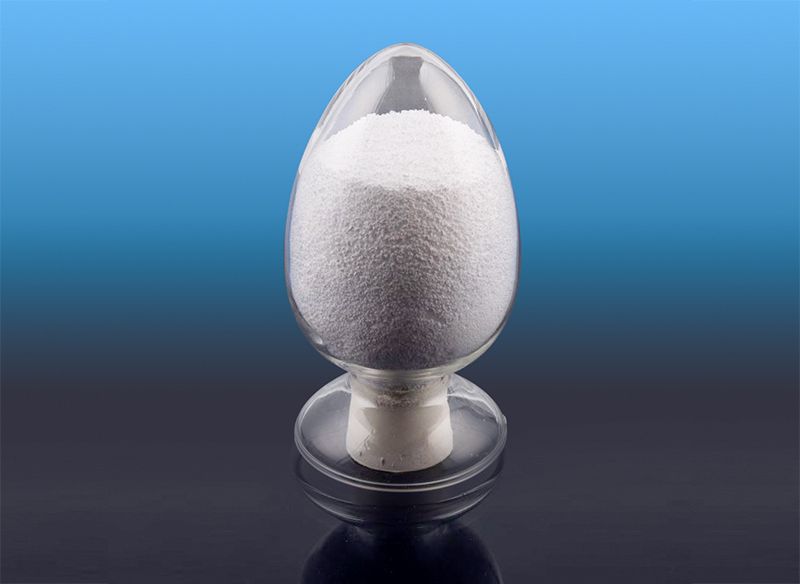How does the molecular structure of hydrogenated isoprene polymer affect its compatibility with polyolefins?
Impact of Molecular Structure on Hydrogenated Isoprene Polymer Compatibility with Polyolefins
The molecular structure of hydrogenated isoprene polymers (HIPs) significantly influences their compatibility with polyolefins (POs). The specific structural factors and their corresponding effects are as follows:
Molecular Weight and Molecular Weight Distribution: HIPs generally exhibit high molecular weight and narrow molecular weight distribution. High molecular weight contributes to enhanced mechanical strength and toughness, while narrow molecular weight distribution promotes uniform mixing and reduces the likelihood of phase separation. These properties make HIPs more compatible with POs in terms of physical and mechanical performance.
Branching Structure: The branching structure of HIPs can affect their interactions with POs. The presence of branches can increase intermolecular entanglement, improving the homogeneity of the blend. An appropriate branch density can optimize compatibility, making physical crosslinking between polymer chains more effective.

Saturation Structure: During hydrogenation, the carbon-carbon double bonds in HIPs are saturated, forming stable carbon-carbon single bonds. This saturation structure enhances the thermal stability and antioxidant properties of the polymer, making it less prone to degradation during high-temperature processing and maintaining good chemical stability with POs.
Polarity: While both HIPs and POs are nonpolar polymers, hydrogenated isoprene polymers exhibit extremely low polarity after hydrogenation, which closely resembles the polarity of POs, thereby improving compatibility. Nonpolar interactions enable better mixing between the two polymers, forming a uniform material.
Segmental Flexibility: The main chain structure of HIPs possesses a certain degree of flexibility, which facilitates entanglement with PO chain segments in the molten state, enhancing mechanical bonding. Flexible polymer chains can better disperse stress, improving the toughness and impact resistance of films.
Crystallization Behavior: HIPs have relatively low crystallinity, allowing better diffusion and entanglement with the amorphous regions of POs, resulting in a uniform blend. Low crystallinity can also enhance film transparency and flexibility.
By optimizing the molecular structure of HIPs, their compatibility with POs can be improved, leading to enhanced performance of modified films. In practical applications, these structural properties can be achieved by controlling polymerization conditions, molecular weight, branch density, and degree of hydrogenation as process parameters.





